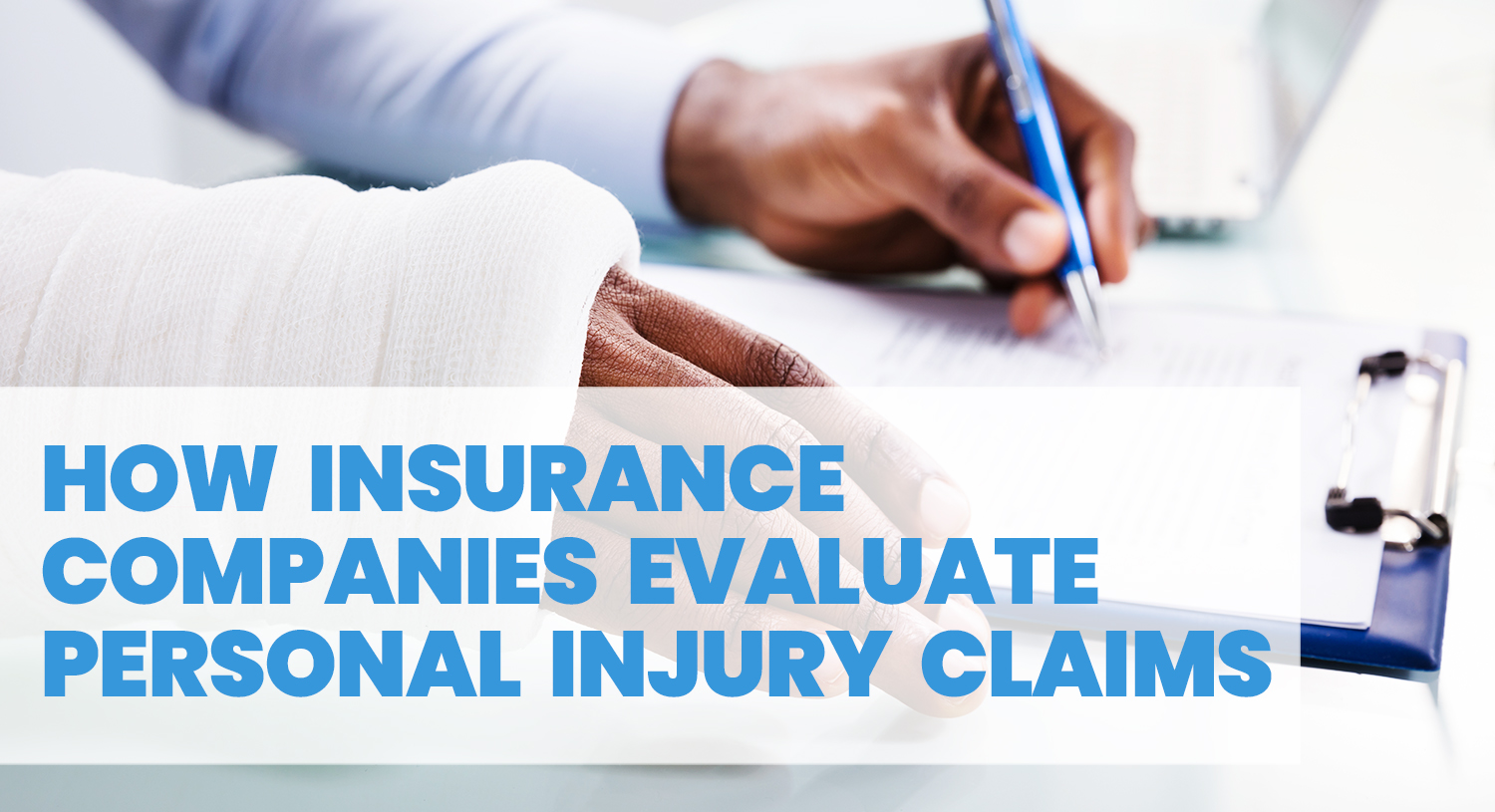The insurance company plays a crucial role in determining the outcome when you file a personal injury claim, whether due to a car accident, a slip-and-fall incident, or another form of negligence. Understanding how insurance companies value claims can help you navigate the process more effectively and comprehend where the settlement number originates. Let’s look at a quick introduction to how insurance companies evaluate personal injury claims.
First, let’s examine the key factors that determine your claim’s value. The two main factors are your losses or damages resulting from the accident and who was at fault for the accident.
Losses
- Economic (compensatory): Damages paid directly from your pocket or insurance are reimbursable.
- Medical Care: The severity of injuries and the necessity of medical treatment play significant roles in claim valuation. The insurance company will analyze all medical records, bills, related expenses, the long-term impact, and pre-existing conditions.
- Lost income and future earning capacity as a result of your injuries.
- Costs to repair or replace damaged property
- Non-Economic (general) Damages: Damages for injuries and losses that do not come out of your pocket, such as disability, pain and suffering, or emotional damages. There is no fixed formula, but common approaches include:
- Multiplier method: Multiplying actual damages (medical expenses and lost wages) by a number (typically between 1.5 and 5) based on injury severity.
- Per diem method: Assigning a daily monetary value to pain and suffering and multiplying it by the number of days the claimant is affected.
Fault
One of the first considerations in an accident case is determining who is at fault. Insurance companies assess liability using the following factors:
- Police Report: If law enforcement responded to the incident, their report is crucial evidence.
- Witness Statements: Third-party accounts can either support or contradict the claimant’s version of events.
- State Laws: Comparative or contributory negligence laws influence the compensation a claimant may receive if they are found to be partially at fault.
- Kansas follows the 51% rule of the modified comparative negligence rule, meaning that you cannot recover compensation if you are found 51% or more at fault for the injuries.
- Missouri follows a pure comparative negligence rule, which states that even if you are at some fault for your accident, you can recover compensation based on the percentage.
- Photographs and Video Evidence: Surveillance footage or photos of the accident can help reconstruct what occurred.
How the Insurance Company Evaluates Personal Injury Claims:
An insurance company’s damage calculation can be simplified into three main steps:
1. Calculate all economic damages.
2. Assign a value to noneconomic damages and combine them with the economic damages.
3. Adjust the total damages based on the state’s contributory or comparative negligence rules.
4. Negotiation and Settlement
Once the insurance company evaluates the claim, they will likely offer a settlement. Claimants and their attorneys often negotiate to arrive at a fair amount. The initial offer is typically lower than what the claimant may deserve, making negotiations essential for maximizing compensation.
Final Thoughts
Understanding how insurance companies assess personal injury claims can help you build a strong case and secure fair compensation. To improve your chances of success, it’s essential to provide thorough documentation, seek prompt medical attention, and consult a personal injury attorney. If you or a loved one are facing a personal injury case, contact the Law Offices of Reginald Keith Davis for a confidential consultation. We will assist you in confidently navigating the complexities of the claims process.
Contact us now at kcklawer.com
Phone: (913) 299-8789

